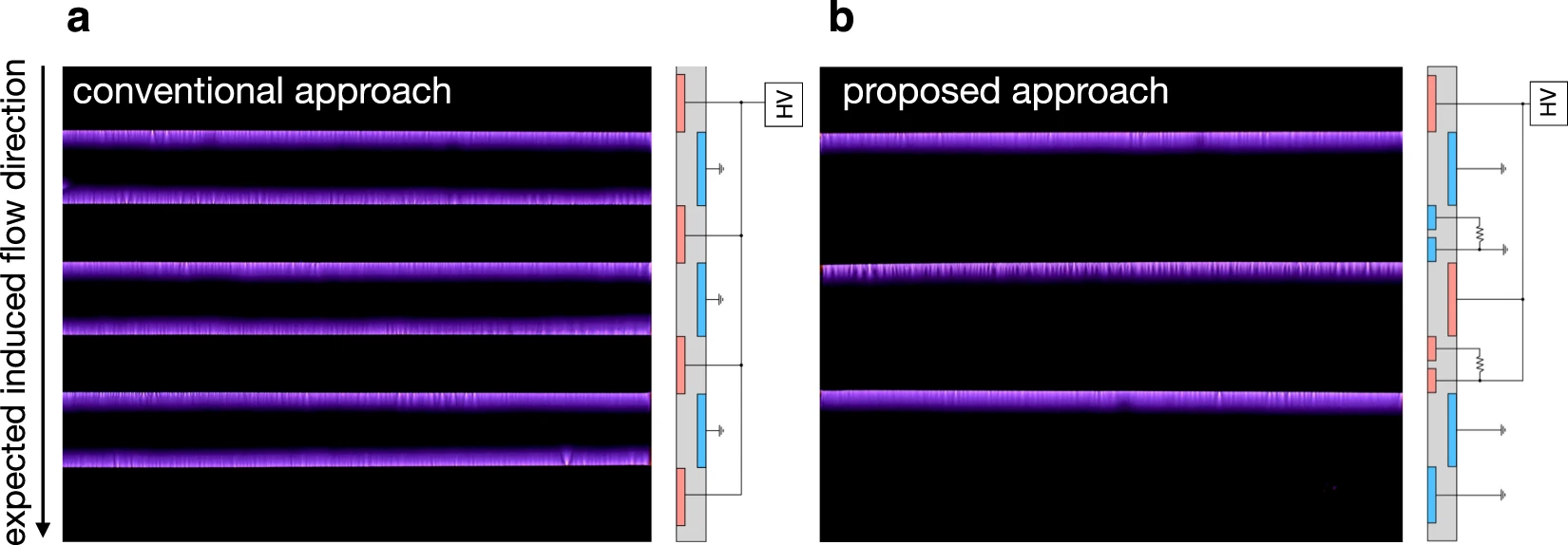Quote:
Originally Posted by kach22i

In the video they stated similar stall benefits no matter the position, even on aft locations of the wing.
The simplified model flaps that were of a clear material looked to be rapidly ripping away in a turbulent dance. I have been told this was bad, at least as it applied to the tonneau cover on my pickup truck.
I know what happens to flags over time, the ends fray, and same thing happens to the bottom of hovercraft skirts. On hovercraft the frantic pressure gradients may create an acoustic signature heard by fish - at least that's my theory based on an event I experienced plus some reading done years later.
I recently went to a funeral ceremony at the Great lakes National Cemetery for a departed Vietnam veteran friend. For a moment I thought I had a flat tire until I realized the sound was from all the American flags on a windy day.
Sound is energy, and this probably means an inefficient waste of some kind depending on the example (flag, hovercraft skirt, flexible wing flap....).
I did a quick search for "flexible wickerbill aerodynamics" thinking somebody has looked into this, but found nothing related to this thread's twist on the topic.
In short: I think you are flapping in the wind. 
EDIT:
I'm starting to read the PDF, and regarding the oscillations creating vortexes this topic does indeed seem to be related to the Gurney Flap Spoiler or so-called Wickerbill.
So I'll just warn ya, Aerohead is all about "attachment", and probably regards vortex creation as wasted energy ( in general).
I'm less set in my ways and say give it a try, the Cybertruck managed to get vortexes to work in their favor, right?
https://damogranlabs.com/2019/12/tes...-aerodynamics/
 |
Ye the turbulence on a trailing edge does seem to 'roll by' in waves and I don't care for all that mad flapping either.
I wonder what might have happened had they not hinged the flaps but made them thin out with length as feathers do.
ie: More and more flexible as you move from the root to the tip of the 'flaps'
I do agree that attached flow on a long 'low angle' tail is best aerodynamically.
But it's impractical and does have that most undesirable weather-cocking effect on vehicles that might be avoided with, a more mature variation of, this idea.
I like Dielectric Barrier Discharge (DBD) as a means of keeping flow attached to a short tail too:
https://ecomodder.com/forum/showthre...n-41356-3.html
"... the measured
drag reduced by over 14% at 26.8 m/s (
60 mph) and over 10% at 31.3 m/s (70 mph)..."
IMHO you gain more from the drag reduction of DBD than you lose in powering the DBD..?
It's also as easy as some Kapton Tape and strips of Tin Foil!
(and those low amp but 20kV PSUs on Amazone etc)
It would also look cool as hell!

And provide endless: "What's this? OUCH!" entertainment!

 https://www.nature.com/articles/s41598-019-42284-w
https://www.nature.com/articles/s41598-019-42284-w
But you can't beat the 'zero input energy' these 'feather flaps' provide.